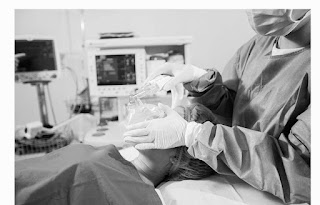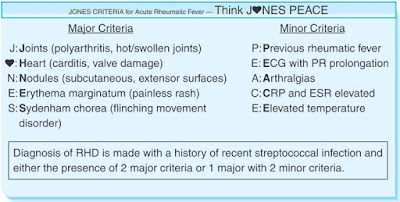Narcotic (Opioid) Overdose.
The global prevalence of opiate (heroin and opium) use was estimated at 0.4% of the population, or 12.8-20.2 million people ( the United Nations Office on Drug and Crime(UNODC)). From 2004 to 2011 medical use of opioids increased 100%; use of codeine decreased 20% (ARCOS).
Receptors and main effects of opioids:
Symptoms and signs:
Clinical triad:
1. Central nervous system depression
2. Respiratory depression
3. Pupillary miosis ("pinpoint" pupils):
2. Respiratory depression
3. Pupillary miosis ("pinpoint" pupils):
Other symptoms include:
- Ventricular arrhythmias
- Seizures
- Nausea
- Vomiting
- Flushing
- Pruritus
- Constipation
- Drug screens (urine up to 36-48 hours);
- Basic blood and urine tests ( Complete blood cell count, Metabolic panel, Creatine kinase level, Arterial blood gas determinations, Urine tests);
- Instrumental studies (chest, abdomen radiographs for swallowed drug packages);
- Electrocardiography (ST abnormalities (19%), QTc prolongation (13%), tall R- and/or S-waves (11%) and missing R progression (10%);
- Echocardiography.
- Airways control (Endotracheal intubation in case of patients unability to protect their airways) and cardiopulmonary resuscitation measurements;
- NALOXONE Administration:
- Adults
- Initial
- No respiratory depression: 0.1 to 0.4 mg IV or IM
- Respiratory depression: 1 to 2 mg IV or IM
- Next, if no response or incomplete response
- Give 2 mg IV or IM every 3-5 minutes to a total of 10-20 mg
- Infusion
- Naloxone 2 mg in 500 ml D5W or NS (0.004 mg/ml) titrating to response
- Initial
- Children
- Initial
- No respiratory depression: 0.01 mg/kg IV or IM
- Respiratory depression: 0.1 mg/kg IV or IM
- Next, if no response or incomplete response
- Give 0.1 mg/kg IV or IM.
Stay tuned! Sign up with Facebook!




